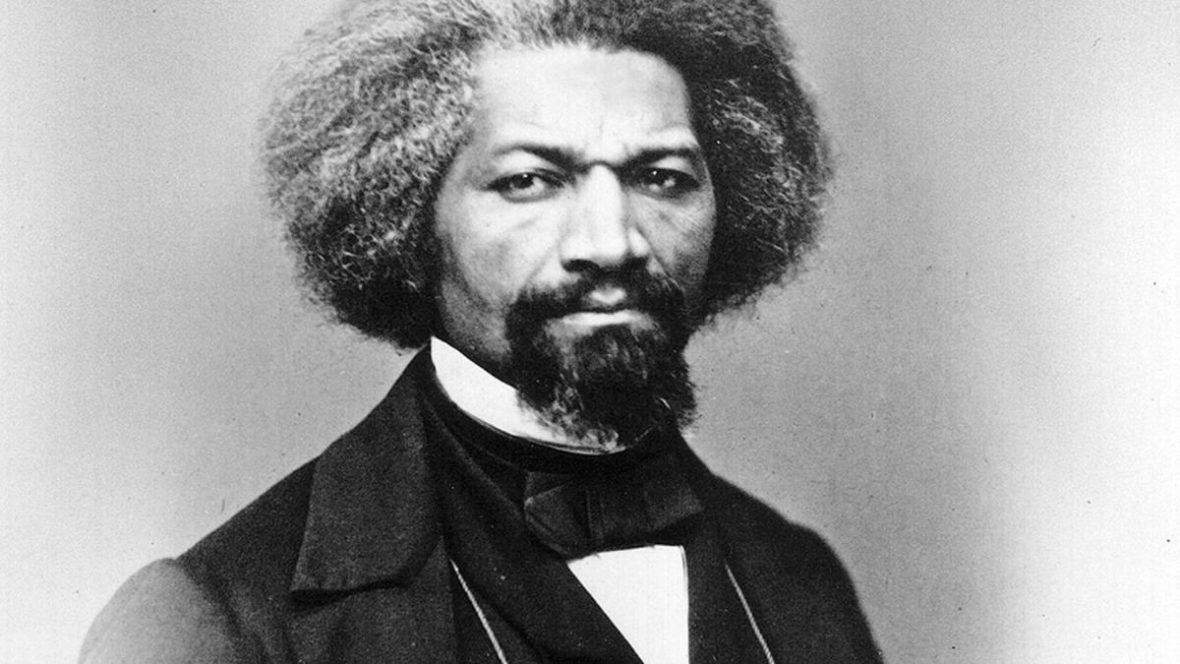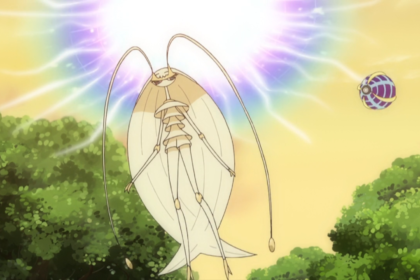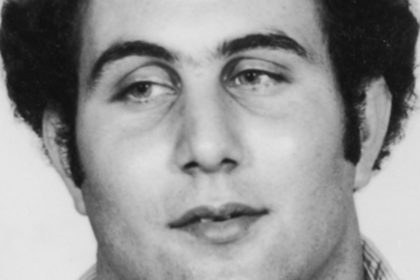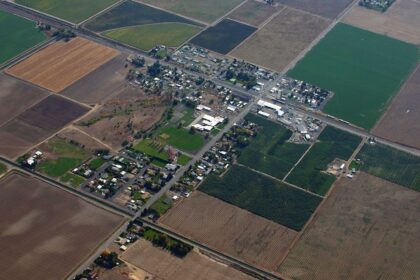Frederick Douglas was an American social reformer, abolitionist, orator, writer and statesman. After escaping from slavery in Maryland, he became a national leader of the abolitionist movement in Massachusetts and New York, gaining note for his oratory and incisive antislavery writings. Take a look below for 30 more fascinating and interesting facts about Frederick Douglass.
1. In his time, he was described by abolitionists as a living counter-example to slaveholders’ arguments that slaves lacked the intellectual capacity to function as independent American citizens.
2. Northerners at the time found it hard to believe that such a great orator had once been a slave.
3. Douglass wrote several autobiographies.
4. He described his experiences as a slave in his 1845 autobiography, Narrative of the Life of Frederick Douglass, an American Slave, which became a bestseller, and was influential in promoting the cause of abolition, as was his second book, My Bondage and My Freedom.
5. After the Civil War, Douglass remained an active campaigner against slavery and wrote his last autobiography, Life and Times of Frederick Douglass.
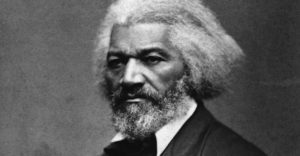
6. The Life and Times of Frederick Douglass was first published in 1881 and revised in 1892, three years before his death. It covered events during and after the Civil War.
7. Douglass actively supported women’s suffrage, and held several public offices.
8. Without his approval, Douglass became the first African American nominated for Vice President of the United States as the running mate and Vice Presidential nominee of Victoria Woodhull, on the Equal Rights Party ticket.
9. Douglass was a firm believer in the equality of all peoples, whether black, female, Native American or recent immigrant.
10. He was a believer in dialogue and in making alliances across racial and ideological divides, and in the liberal values of the U.S. Constitution.
11. When radical abolitionists, under the motto, “No Union With Slaveholders,” criticized Douglass’ willingness to dialogue with slave owners, he famously replied: “I would unite with anybody to do right and with nobody to do wrong.”
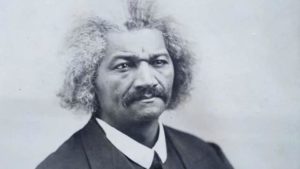
12. Douglass was born to a slave woman, Harriet Bailey. The exact identity of his father or date of his birth is not known. It’s assumed that his father was one of his white masters, but there is no verification of this claim.
13. He was separated from his mother at an early age and was brought up by his maternal grandmother. His mother died when he was ten.
14. He became the property of Aaron Anthony, the overseer at the Wye House plantation. After the death of Anthony in 1826, he was given to Lucretia Auld.
15. Lucretia sent him to her brother in law, Hugh Auld. His wife, Sophia, was a kind woman who taught Douglass to read even though it was illegal in those times to teach a slave to read. However, her husband discovered this and stopped her.
16. He continued learning from white children in the neighborhood, and by reading newspapers.
17. During 1833 to 1834, he was given to a farmer, Edward Covey, who was notorious as a “slave breaker.” He beat teenage Douglass several times before Douglass finally fought back. Covey couldn’t dare beat him again.
18. In 1835, he was rented to William Freeland, a plantation owner. There, he organized a Sunday school and taught other slaves to read.
19. His master didn’t bother, but other owners interfered and stopped the educational activities permanently.
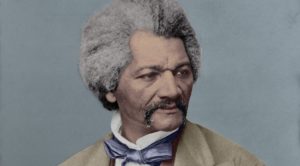
20. Tired of being a slave, Douglass made an escape attempt in 1836, but was caught and jailed briefly. After, he was sent back to Hugh and Sophia Auld who, in turn, rented him out to work in a shipyard.
21. He met various free black people through his involvement with the East Baltimore Mental Improvement Society, a debating club for free blacks.
22. One of the free black people that he met was Anna Murray, a housekeeper who would later become his wife.
23. With help from Anna, who provided him a sailor’s uniform and some money, he boarded a train to Havre de Grace on September 3, 1838. From there, he traveled to the safe house of abolitionist David Ruggles in New York via Pennsylvania.
24. On September 15, 1838, he married Anna and settled in Massachusetts adopting the last name Douglass. He became an active participant in church and abolitionist meetings.
25. He attended a meeting of the Bristol Anti-Slavery Society in 1841, where he was invited to speak about his experiences. After this, he was motivated by other abolitionists to become an anti-slavery lecturer.
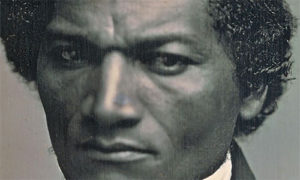
26. He participated in the American Anti-Slavery Society’s Hundred Conventions project in 1843, during which he extensively toured all over the United States.
27. Douglass traveled to Ireland and Britain and spent two years lecturing on slavery along with the abolitionist William Lloyd Garrison. He returned to the United States in 1847.
28. He published some abolitionist newspapers, the most prominent of all was “North Star,” which remained in circulation until 1851. It was merged with the “Liberty Party Paper” to form the “Fredrick Douglass’ Paper.”
29. Lincoln’s Emancipation Proclamation declaring the freedom of all slaves in Confederate-held territories took effect from January 1, 1863. He met President Abraham Lincoln the same year to discuss the treatment of black soldiers and black suffrage.
30. After the death of his first wife, in 1884, he married Helen Pitts, a white feminist 20 years younger than him. Their marriage caused considerable controversy as interracial marriages were very rare in those times.

